when the Shiva principle descends to Earth a thousand times more than usual. On this day, to obtain the full benefit of Lord Shiva”s principle, one should chant “Om Namah Shivaya” as much as possible.  Shivratri is the time when Shiva takes a rest. Shiva rests for one “prahar” (three hours) of the night. This “prahar” is referred to as the Shivratri. When Lord Shiva takes rest, the function of “Shivtatva” (Shiva Principle) ceases, i.e. Lord Shiva goes into a meditative state.  Shiva”s meditative state is the time when He is engrossed in His own spiritual practice. During that time, the “Shivtatva” does not accept any tamogun (most base of the 3 elements in us - sattva, raja & tama) or any halahal (venom churned from the ocean) coming from the Universe. As a result, the ratio of halahal or the pressure of the negative energies increases. For protection from this pressure, things like ”bilva patra”, white flowers, “rudraksha” beads etc are offered to Lord Shiva. These things attract the “Shivtatva” from the atmosphere, thus providing protection from the increasing effect of the negative energies. The Earth is a gross object. Gross objects have very low velocities i.e. they require more time to cover a specific distance in space. Gods on the other hand, are subtle hence they are capable of traversing space within a few seconds. That is why one year on the earth is equivalent to just one day of heaven. Science in the worship of Lord Shiva on Mahashivratri The function of the “Shivpindi”  1. Emitting waves of Knowledge, Devotion and renunciation Predominantly “sattva” waves of knowledge, ”raja” waves of devotion and ”tama” waves of Renunciation (Vairagya) are emitted by the “Shivpindi”. During Mahashivratri, the emission increases by 30 percent. 2. Emission of subtle vibrations of chaitanya, bliss and peace The “Shivpindi” emits subtle vibrations of chaitanya, bliss and peace. During the Mahashivratri, the emission increases by 25 percent. This helps purify the subtle-body of one who worships the Shivpindi on this day. The “sun” or the “moon” channels in the body get activated as per necessity. The capacity to absorb the sattvaguna and chaitanya also increases. Due to the presence of the unmanifest Shiva principle in the Shivpindi and the vibrations of peace emitted, the Shivpindi remains cool and the mind too experiences peace. Worship of Shivpindi with devotion, activates the dormant Shiva principle. An offering of puffed rice and milk reaches Lord Shiva in the subtle form. 3. Receiving the ”tarak or marak tatva (element)” as required There is a confluence of the manifest and the unmanifest elements along with the “tarak and marak tatva” in the Shivpindi. (Tarak = Saviour; Marak = Destroyer). That is how worshipers receive the required element. The temperature of the Shivpindi increases due to the emission of the marak tatva and there one experiences bliss. Similarly, when the tarak tatva is emitted, the temperature drops and one experiences peace and bliss. Bilvapatra (Bel leaves)  Bilvapatra contains 2% Shiva tatva. By offering bilvapatra to the Shivpindi on Mahashivratri, the manifest Shiva tatva near the stalk of the bilvapatra gets activated. Due to this, waves of chaitanya as well as Shiva tatva are emitted by the bilvapatra. The bilvapatra attracts 20% of the Shiva tatva present in the Shivpindi towards itself. By immersing this bilvapatra in water or by placing it in grains, the Shiva tatva present in the bilvapatra is transmitted to them. The Shiva tatva in the bilvapatra is activated to a larger extent on Mondays when it transmits 10% of the Shiva tatva and sattvikta. On other days only 1% of the Shiva tatva is activated in the bilvapatra. Bilvarchan  Offering bilvapatra to the Shivpindi and chanting the mantra “Om Namah Shivaya” with each offering is known as bilvarchan. Continue offering the bilvapatra until the pindi is completely covered. Offer the bilvapatra from the lower part of the pindi. By starting from the feet of the idol, more benefit is derived and the idol can be covered completely. Chanting on Mahashivratri “Om Namah Shivaya” Om represents an unmanifest state beyond the 3 gunas (elements of sattva, raja & tama). We bow to Lord Shiva, from whom Om was created. What does the word “Shiva” mean? a. The word Shiva has been derived by reversing the letters of the word vash. Vash means to enlighten; thus the one who enlightens is Shiva. He remains radiant and also illuminates the universe. b. He is the auspicious and prosperity-bestowing principle. Some unique attributes 1. Physical attributes a. Ganga : Just as the sun is the focal point of the solar system and the soul that of the body, the focal point of divine consciousness (chaitanya) in every object and pure particles (pavitrakas) is ga-aum. The flow from which ga-aum originates is gan gaha = Ganga. Ga-aum flows from Shiva”s head. This is called the descent of the Ganga from Shiva”s head. Since the river Ganga has a fraction of the principle of the spiritual Ganga, no matter how polluted it becomes, its purity is perpetually retained. Hence, when compared to any other water in the world, the water from the Ganga is the purest. This is realised not only by those who can perceive the subtle dimension but also by scientific researchers. b. Moon : Shiva adorns the chandra (moon) on His forehead. The point where the three frequencies - affection (mamata), mercifulness (kshamashilata) and motherly love (vatsalya) originate is referred to as the chandra (moon). Thus, one can conclude that chandrama (the moon principle) is the state in which the three attributes of affection, mercifulness and motherly love are present. c. Third eye : Shankar is three-eyed, i.e. He can perceive events of the past, present and future. According to the science of Yoga the third eye means the Sushumna nadi (channel). d. Serpent : One of the Names of Lord Shankar is Bhujanga-patihari. Bhujang means a serpent or pure particles (pavitrakas), pati means the nurturer and hari means one with a garland around His neck. Bhujangapatihari thus means the One who nurtures pure particles and wears them like a garland. Various serpents represent groups of pure particles. Though externally they appear like serpents, internally they are a kind of ladder. To make spiritual progress one has to climb up holding onto the tail of the serpent. Lord Shankar adorns serpents at nine points on His body - one on the head, one around the neck, one on each arm, one on each wrist, one around the waist and one on each thigh. This implies that His body is comprised of pure particles or that serpents of pure particles play all over the body of Lord Shankar who has the universe as His form. 2. Spiritual attributes a. One performing severe austerities and the great yogi Shiva is always seated in a bandha or a mudra. His temperature rises due to heat generated by performing severe austerities; Hence, He uses the Ganga, the moon and serpents which endow a cooling effect and lives on the snow-clad Kailas mountain. b. Short tempered If someone disturbs His meditation the radiance generated by spiritual practice will be suddenly expelled and whoever is in front of Him will not be able to tolerate it, and gets destroyed. This is referred to as being “reduced to ashes by Shankar”s opening of the third eye”. c. One who is willing to undergo any distress for the sake of imparting happiness to others The poison generated during the churning of the celestial ocean (samudramanthan) was burning the entire Universe but no deity came forward to accept it. At that time Shiva drank that poison and saved the world from destruction. d. One who has both, deities and demons, as His worshippers Neither did demons like Banasur, Ravan, etc. worship Lord Vishnu nor did Lord Vishnu bestow any boon upon any demon. However, they worshipped Lord Shiva who blessed them. e. Master of the spirits Since Lord Shiva is the master of spirits, His worshippers are generally not possessed by them. Science in the idol - in the Human form  This represents the Brahman in the form of the word (shabda Brahman). Alphabets consisting of the sounds of fifty-two basic letters and the forms of fourteen Maheshvar verses (sutras) have generated from it. Later the universe was created from these. 2. Trident : represents the following - The three components - sattva, raja and tama The root of creation, sustenance and dissolution Volition, knowledge and action 3. Noose (pash) : The noose represents the noose of time (kalpash) (The rope in Lord Ganapati”s hand too is the same). Worship a. Application of holy ash (Bhasma) Tripundra refers to the three horizontal stripes of holy ash applied to the forehead. These stripes symbolise spiritual knowledge, purity and penance (spiritual practice of Yoga), so also they represent the three eyes of Lord Shiva. b. Wearing a rudraksha Wearing a rudraksha when worshipping Lord Shiva is ideal. A rudraksha is reddish in colour with yellow stripes and is flat like a fish. On one side it has a slight opening which appears like an open mouth. The rudraksha converts light frequencies of deities from the universe into sound frequencies in the body of humans and vice versa. As a result, humans can absorb frequencies of deities and thoughts can get converted into the language of deities. A Genuine Rudraksha The rudraksha absorbs sama (sattva) frequencies. Similarly sama frequencies are emitted by its crests. A real rudraksha can be recognised by the vibrations felt by holding it in the hand. At that time the body absorbs the sama frequencies emitted by the rudraksha. Nowadays, mostly Vikrutaksha is sold as a rudraksha. This is the seed of a type of wild berry. Vikrutaksha is used for sacrificial fires of tantriks, black magic etc. by sorcerers. c. Ritualistic worship of the pindi Only cold water and bel is offered to Lord Shankar”s pindi. Neither is it bathed with milk and panchamrut (a mixture of milk, curds, ghee, sugar and honey) nor offered turmeric, vermilion (kumkum) or white consecrated rice (akshata). Milk and clarified butter (ghee) symbolise sustenance while turmeric is an underground stem and represents fertility of the soil, that is creation. Vermilion is prepared from turmeric. Since Lord Shiva is the deity of dissolution, substances such as milk, vermilion and turmeric are not used in His worship. d. Circumambulation (pradakshina) When circum-ambulating one should begin from the left side and continue till the channel of the shalunka from where the water offered during the ritualistic bathing (abhishek) flows. Without crossing it one should complete a circum-ambulation by moving in the reverse direction up to the other side of the channel. The flow of a shalunka is not crossed as it is the flow of energy which adversely affects the formation of semen and the five internal vital energies (pran vayu). e. Chanting the Name of Lord Shiva “Namaha Shivaya is Shiva”s five-syllabled mantra. The spiritual meaning of each of the five syllables is: na = Foremost deity of all the regions (lokas) ma = Bestower of supreme spiritual knowledge (gyan) and redeemer of the greatest of sins shi = Benevolent, serene and responsible for initiation by Lord Shiva va = Symbolic of a bull as the vehicle and Vasuki and Vamangi energy (shakti) ya = Auspicious abode of Supreme Bliss and Lord Shiva. Hence, obeisance (namaskar) to these five syllables.  |
| One of the ancient Sanskrit mantras, Maha Mrityunjaya Mantra is a verse of Yajurveda. It is the great death-conquering mantra, which is popularly referred to as Tryambakam Mantra, as it is identified with the three-eyed Hindu deity - Lord Shiva. The Mantra has many names and forms. It is sometimes called the Rudra Mantra, with reference to the furious face of Lord Shiva. On the other hand, when it is called the Tryambakam Mantra, then it is referred to the alluding three eyes of Lord Shiva. When it comes to life, it is Mrityunjaya Mantra is called the Mrita-Sanjivini Mantra. Mrityunjaya Mantra holds the highest place among the Sanskrit mantras used for meditation. The recital of Mrityunjaya Mantra is beneficial for the body and soul in many ways. According to Yajurveda, if the mantra is chanted with immense concentration and devotion, then it purifies the karmas of the soul. Mental, emotional and physical health can be improvised by the regular chanting of Maha Mrityunjaya Mantra. In the following lines, we have provided the Mrityunjaya Mantra. Mrityunjaya Mantra Om Tryambakam Yajamahe Sugandhim Pushtivardhanam Urvarukamiva Bandhanan Mrityor Mukshiya Maamritat English Translation “OM. We worship and adore you, O three-eyed one, O Shiva. You are sweet gladness, the fragrance of life, who nourishes us, restores our health, and causes us to thrive. As, in due time, the stem of the cucumber weakens, and the gourd is freed from the vine, so free us from attachment and death, and do not withhold immortality.” - by Arthur Berriedale Keith Word By Word Translation Tri-ambaka-m - The three-eyed-one Yaja-mahe - We praise Sugandhi-m - The fragrant Pusti-vardhana-m - The prosperity-increaser Urvaruka-m - Disease, attachment, obstacles in life, and resulting depression” iva “-like Bandhanat - From attachment Stem (of the gourd); but more generally, unhealthy attachment Mrtyor - From death Mukshiya - May you liberate Ma - Not Amritat - Realization of immortality |
__,_._,_
“OM NAMAH SHIVAYA”
| “OM NAMAH SHIVAYA” |
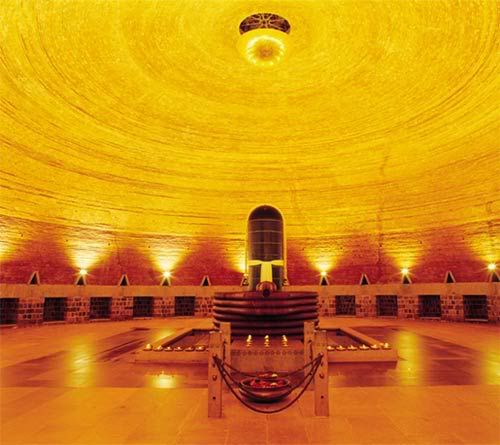
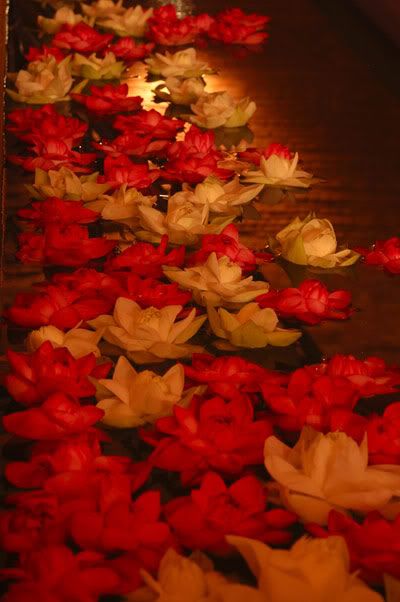
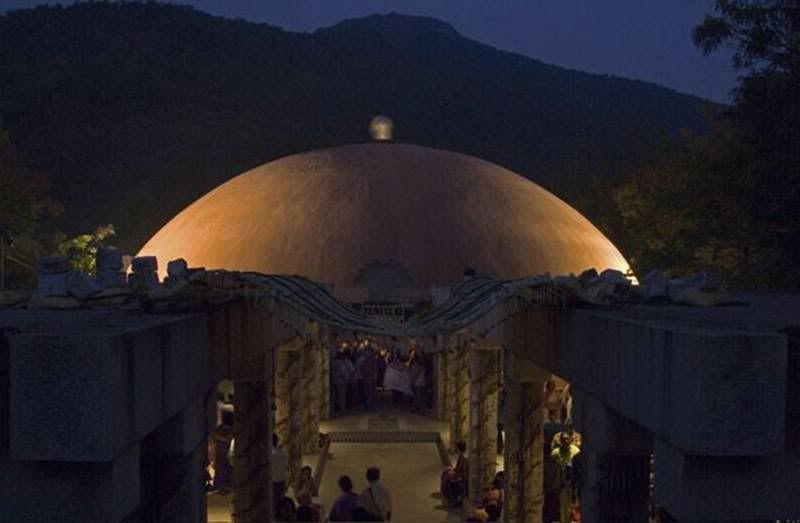

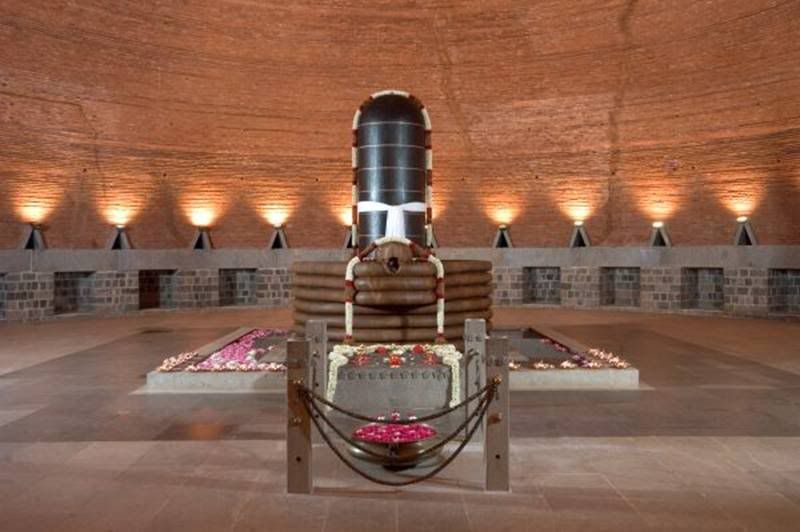
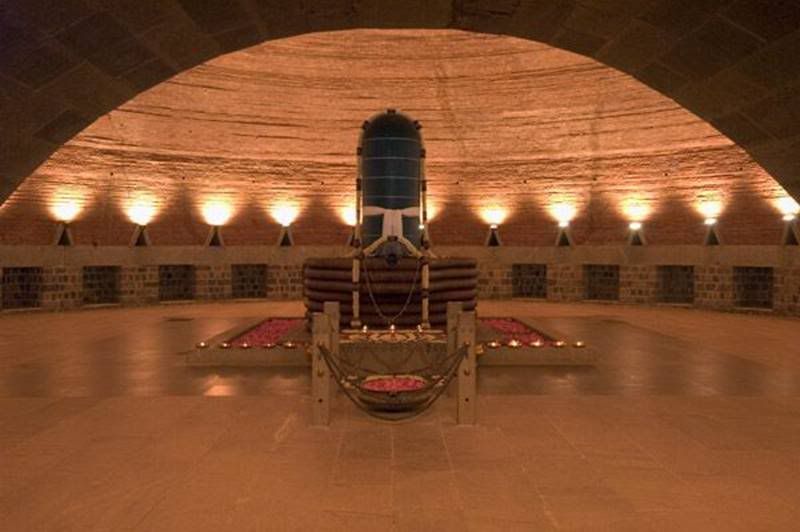
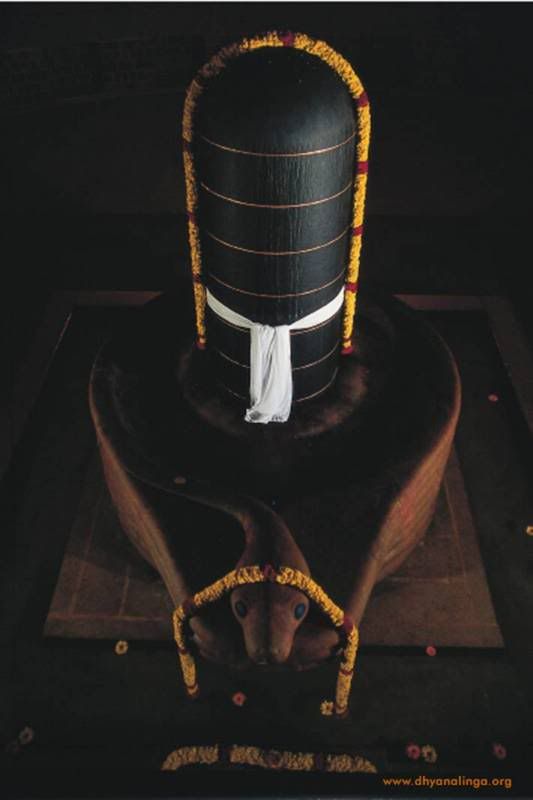

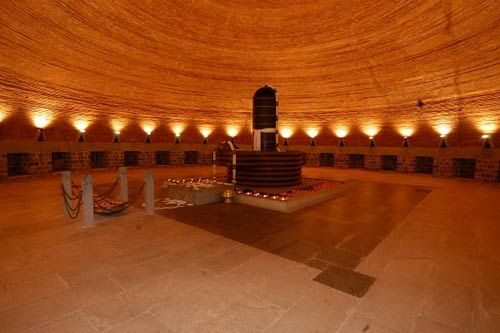
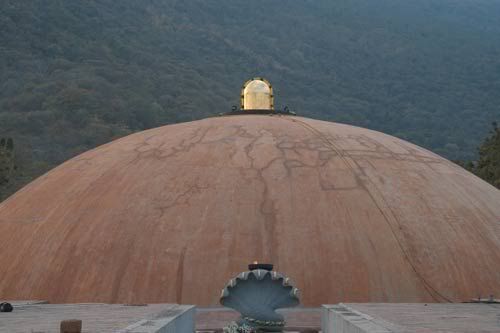

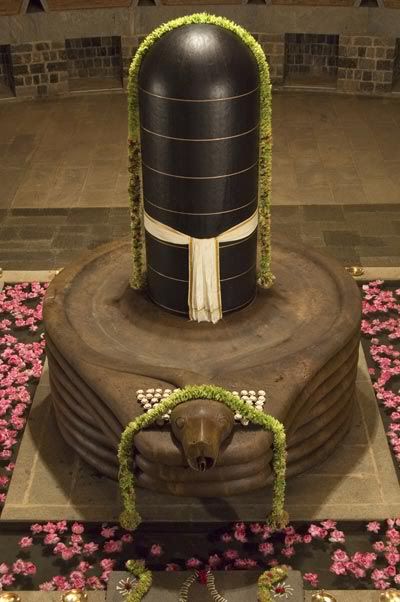

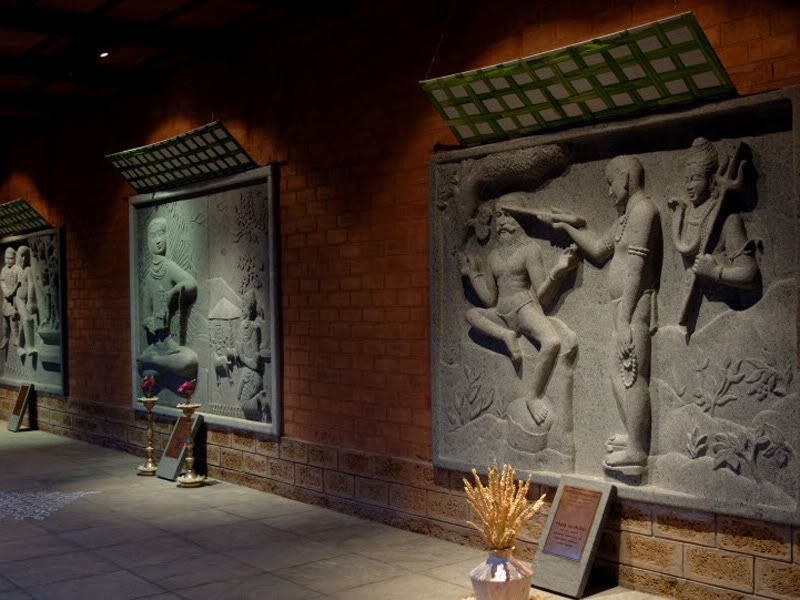
No comments:
Post a Comment